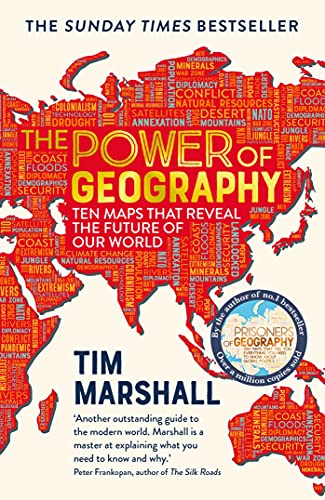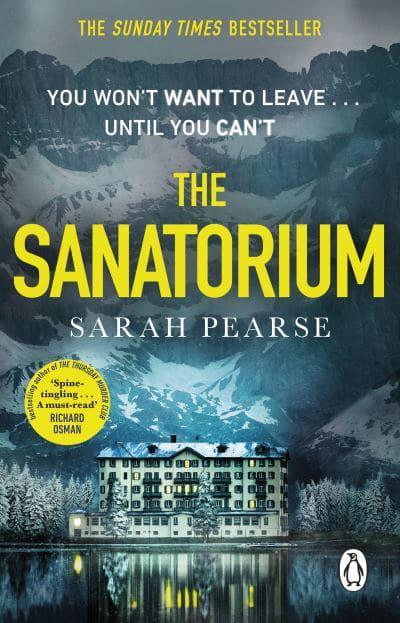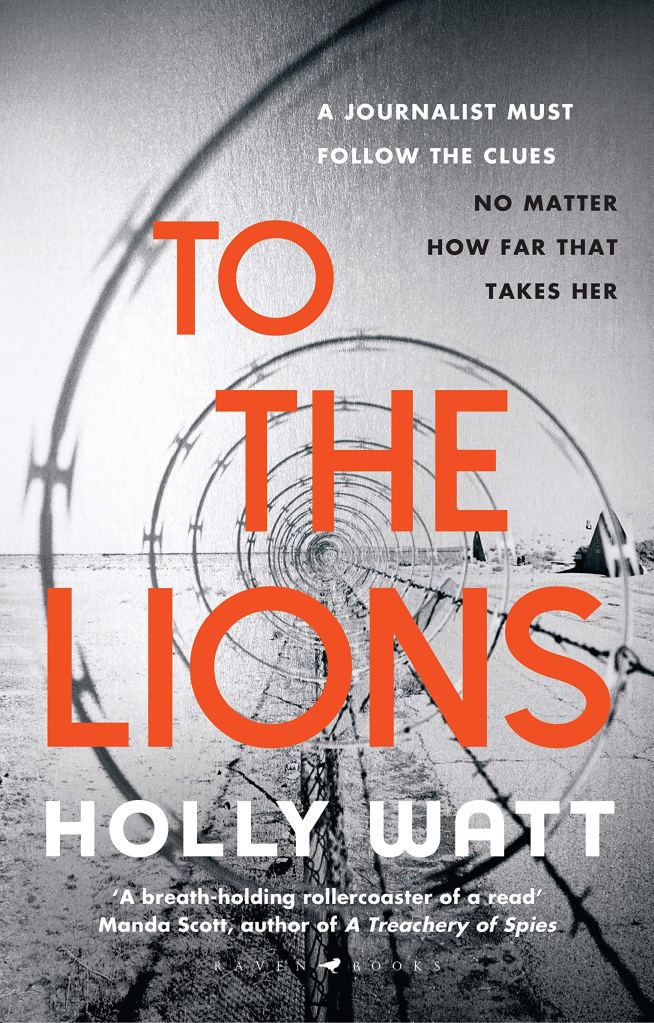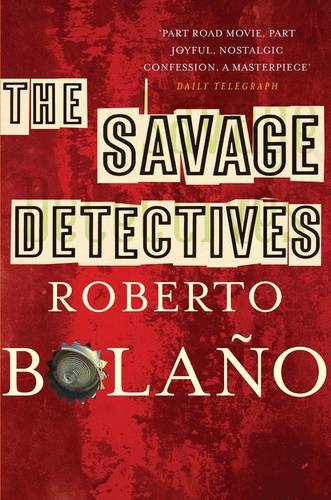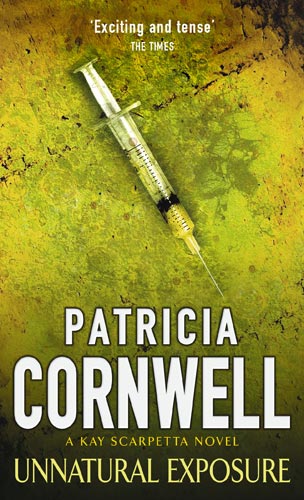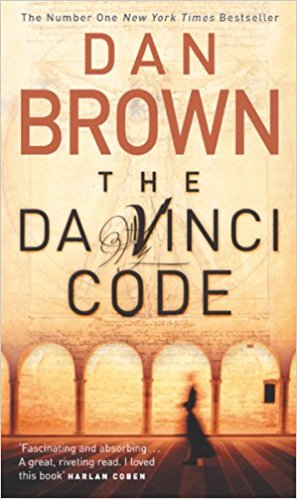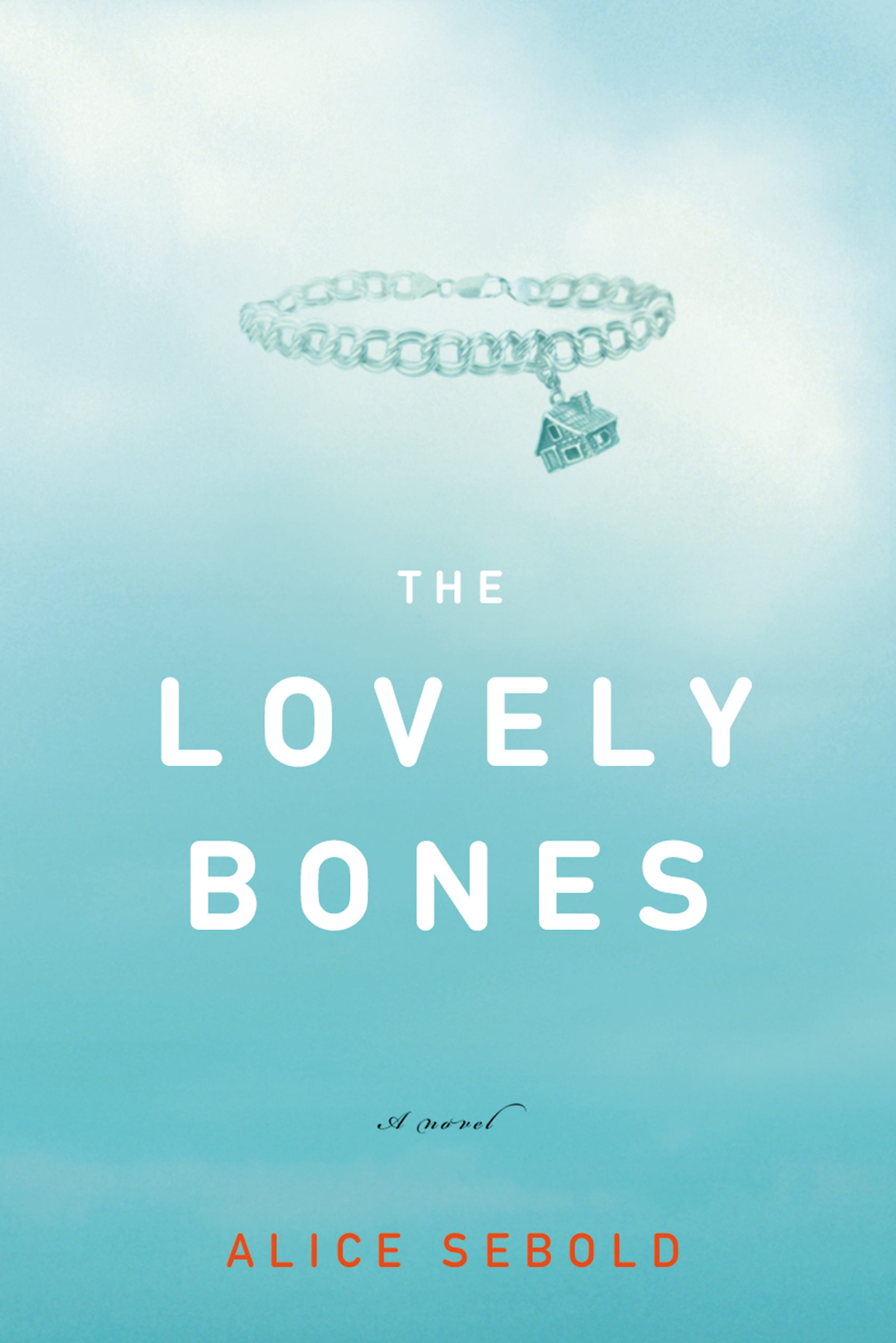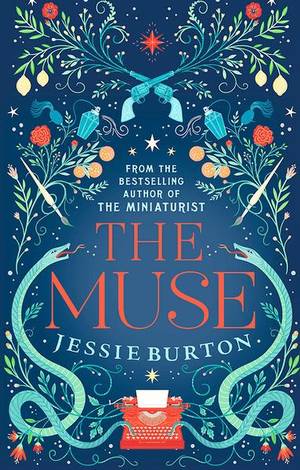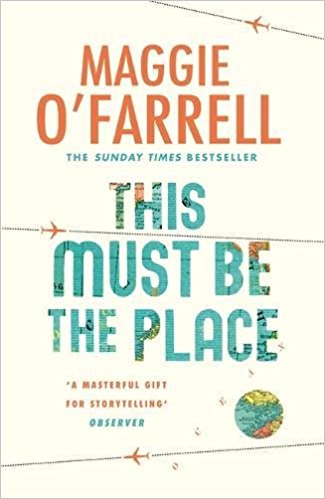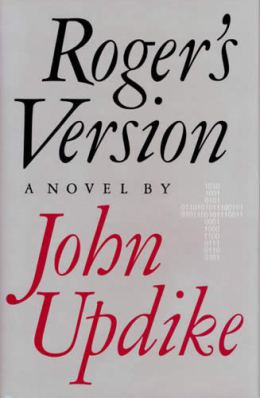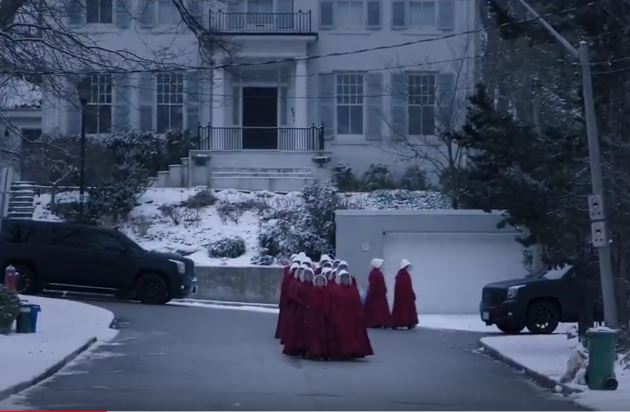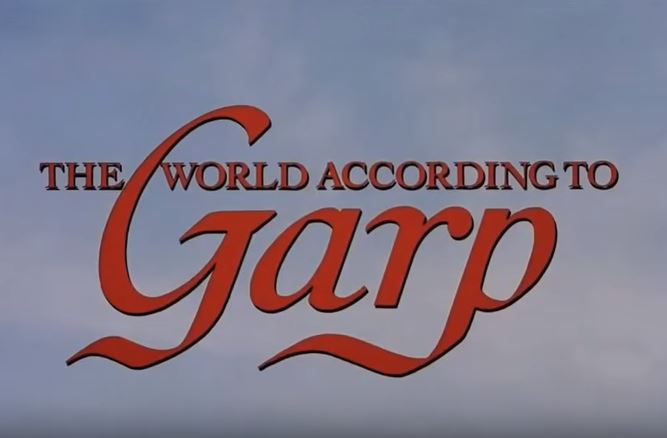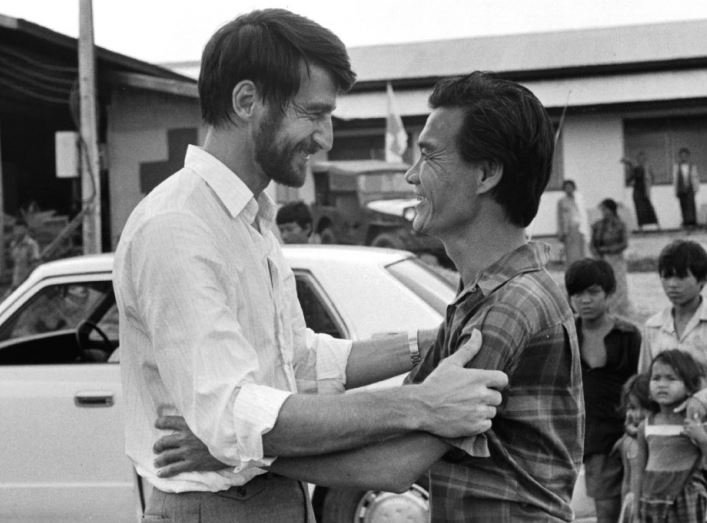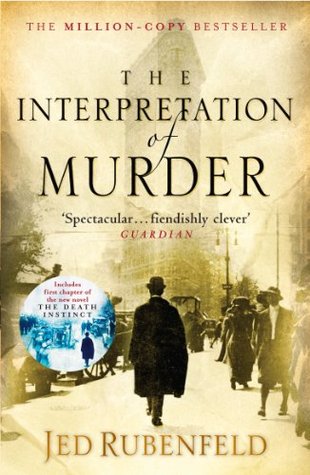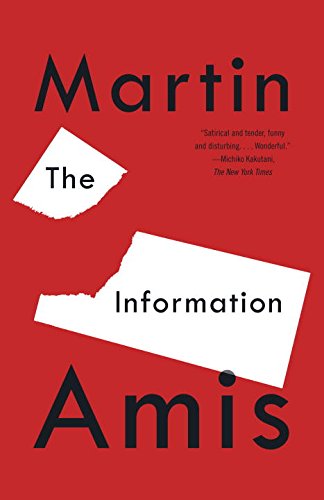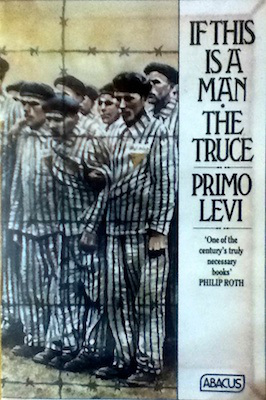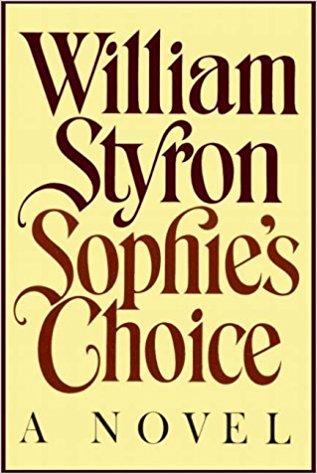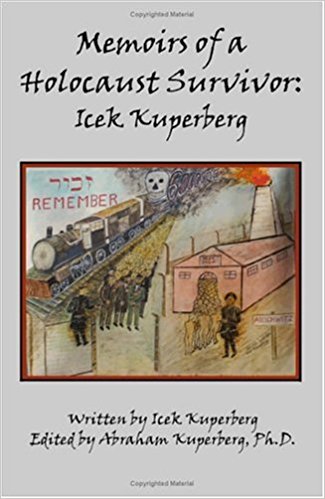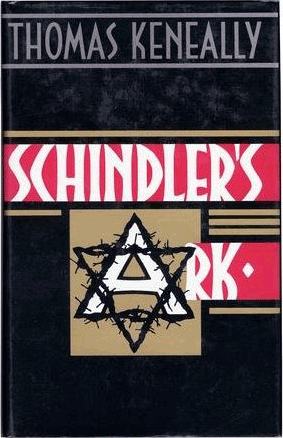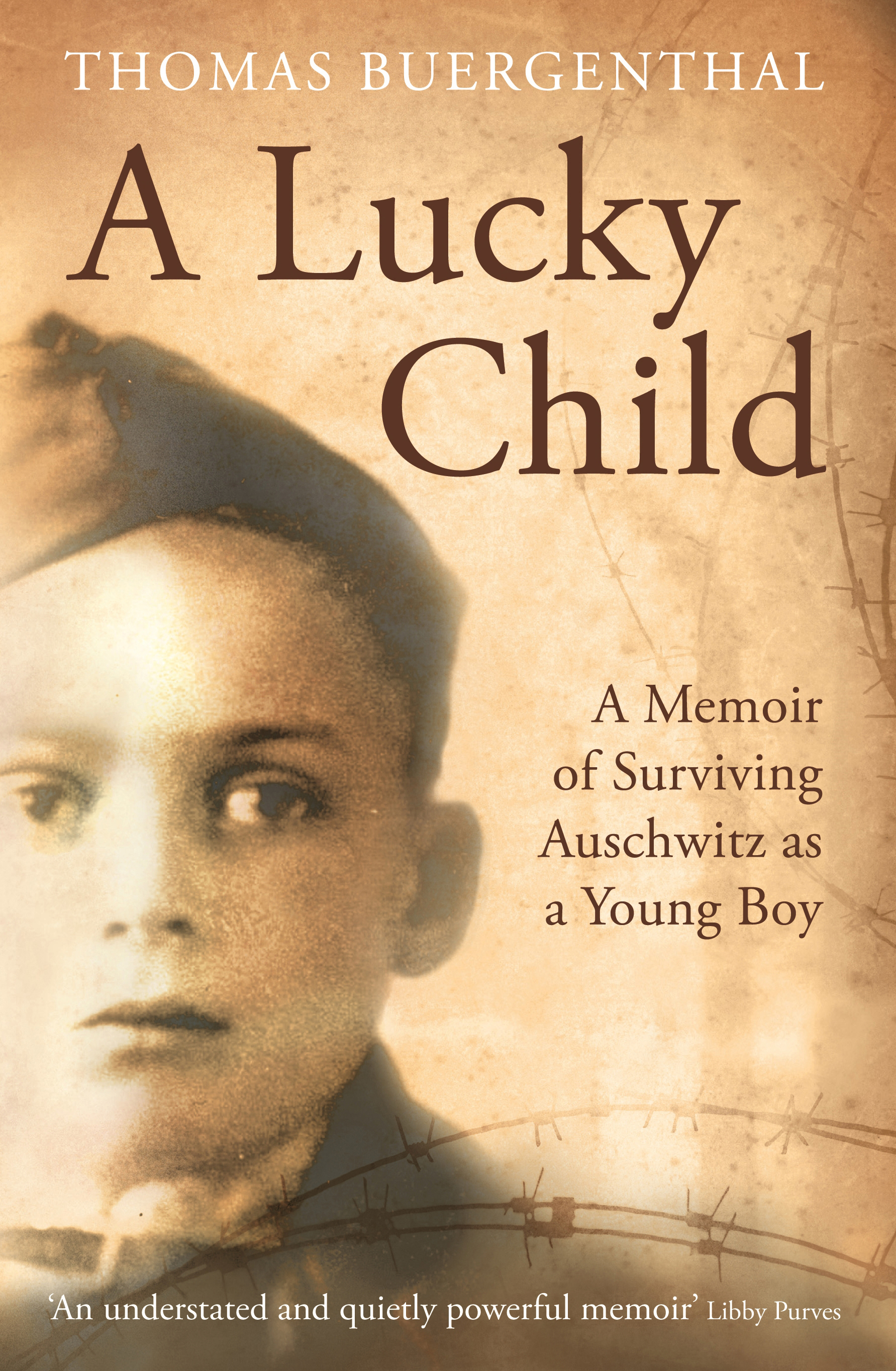In the numerous pieces published about the death of Martin Amis, a number of contributors felt the understandable need to provide an assessment of his best work. Many of these lists included his essays and criticism; and in terms of his novels, there was an almost unanimous agreement that Money should be at the top, closely followed by London Fields, with third place allotted to a later – sometimes much later – work, presumably to offer an indication that the writer of the piece had kept abreast of Amis’s work during the erratic second half of his career.
They are wrong, though. While Money would probably slip into my top five, it wouldn’t make the top three. Which are:
3. Dead Babies (1975)
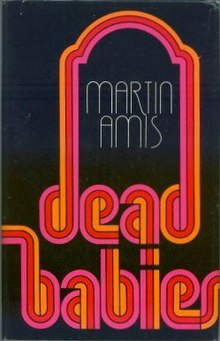
Everything that is present and correct in Money and London Fields is already here, in spades, a decade earlier. Grotesque characters, outlandish excesses, fears about teeth, characters called Keith – this was the template for all that came later. Ostensibly a mystery of sorts set during a country-house weekend, the plot is to most intents and purposes incidental to the stylistic flourishes in every page. But there’s enough room for a twist that is far more unsettling than those served up in the later two novels.
Best bit: It’s tempting to opt for the author’s note at the very beginning of the book, where Amis sets out his stall with typical aplomb: “Not only are all characters and scenes in this book entirely fictitious; most of the technical, medical and psychological data are, too. My working maxim here has been as follows: I may not know much about science, but I know what I like.”
For sheer comic chutzpah, however, it’s hard to look past the entire chapter about Keith’s family, the ludicrously obese Whiteheads. Here, for example, is father Frank: “As he trundles down the street school-parties are floored by his myriad stray fists of flab; bus platforms snap off should he climb on board; lifts whinny, shudder and stay where they are when he presses the UP button and plummet terrifyingly whether or not he is so foolish as to press the DOWN; chairs splinter beneath him; tables somersault at a touch from his elbow; joints crack and floorboards powder.”
2. Time’s Arrow (1991)

Make what you will of the fact that this was Amis’s only novel to be shortlisted for the Booker. But his story of the life of a German doctor told backwards – from his death in an American hospital, through the Holocaust, and back to his earliest memory in the city of Solingen, near Düsseldorf – is crammed with haunting images that stay rooted in the memory. It may not be the first life-told-backwards story, but it is surely the best.
Best bit: All of the scenes in Auschwitz are harrowing and impressive in equal measure. The prisoners being given jewellery as they are brought back to life in the shower room; the old man splashing and struggling in the latrine until he is “hoisted out by the jubilant guards”.
But nothing exemplifies the power of the approach more than the reunifications the doctor engineers on the ramp at the railway station: “As matchmakers, we didn’t know the meaning of the word failure; on the ramp, stunning successes were as cheap as spit. When the families coalesced, how their hands and eyes would plead for one another, under out indulgent gaze. We toasted them far into the night.”
1. The Rachel Papers (1973)
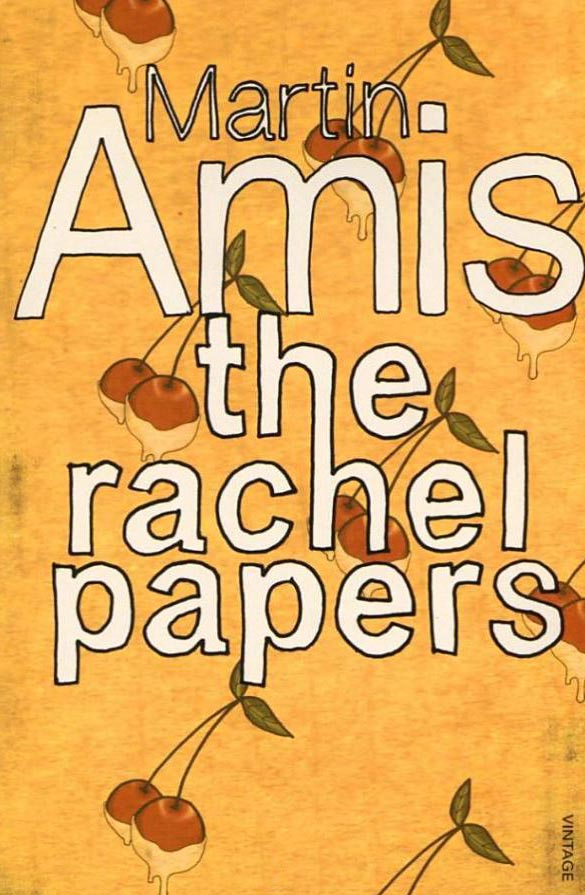
Nothing written after this topped it for sheer verve. Essentially a fictionalised account of the period Amis spent cramming to get into Oxford, the entire first page – “My name is Charles Highway, though you wouldn’t think it to look at me. It’s such a rangy, well-travelled, big-cocked name and, to look at, I am none of these.” – could be probably be quoted in its entirety by readers of a certain generation. No doubt much of it could be viewed as problematic when looking at it through the rear-view mirror; but really its only real flaw is that it inspired a terrible film.
Best bit: There’s much to be said for the university interview scene, and the chapter where Charles and Rachel have sex for the first time: “Two thirteens twenty-six, three thirteens thirty-nine, thirteen twenty-sixes forty-two. (As regards the physical aspect, by the way, this is all utterly intolerable.)” But back to the first page, and this: “Twenty, of course, is the real turning point. Sixteen, eighteen, twenty-one; these are arbitrary milestones, enabling you only to get arrested for HP-payment evasion, get married, buggered, executed, and so on: external things … Twenty may not be the start of maturity but, in all conscience, it’s the end of youth.”





